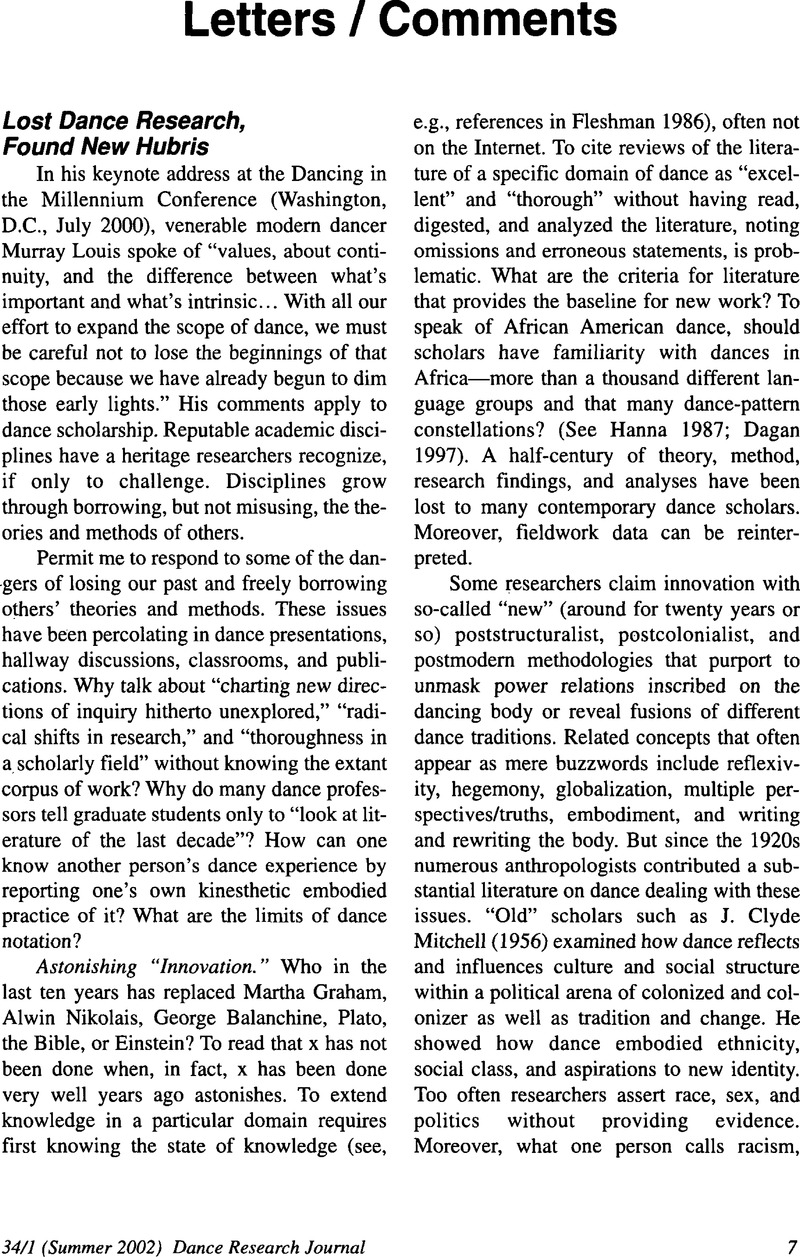Crossref Citations
This article has been cited by the following publications. This list is generated based on data provided by Crossref.
Nchindila, Bernard
2007.
Linguistic syncopations of the Kalela dance – Riding the waves of Lake Bangweulu of Zambia.
Muziki,
Vol. 4,
Issue. 2,
p.
190.
Bakka, Egil
and
Karoblis, Gediminas
2010.
Writing A Dance: Epistemology for Dance Research.
Yearbook for Traditional Music,
Vol. 42,
Issue. ,
p.
167.



